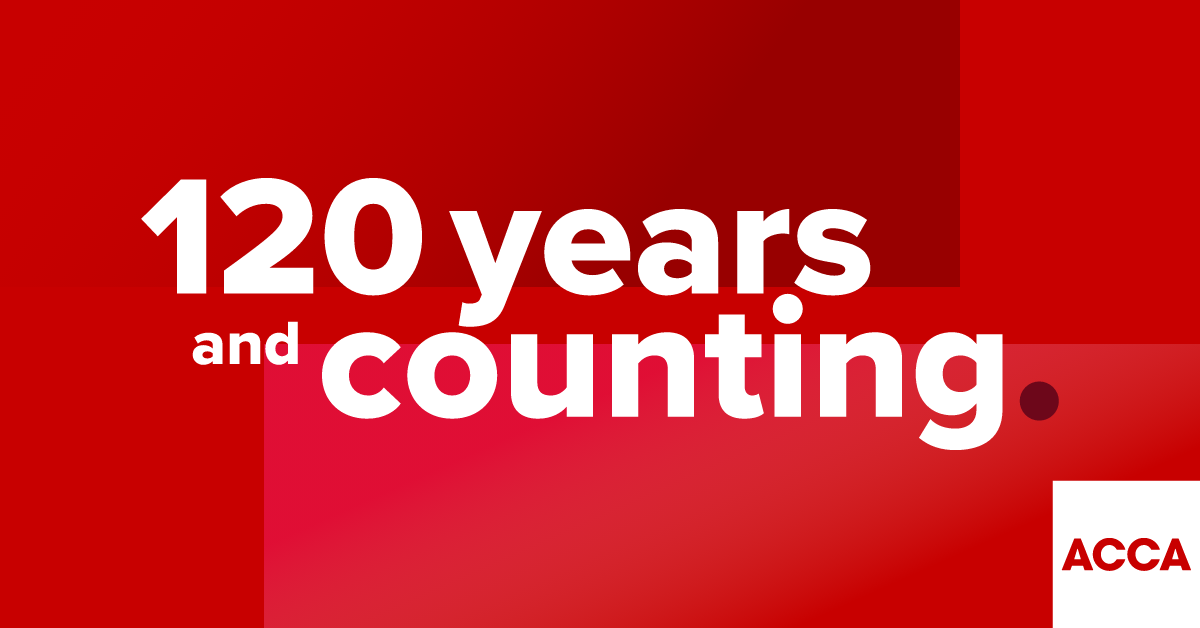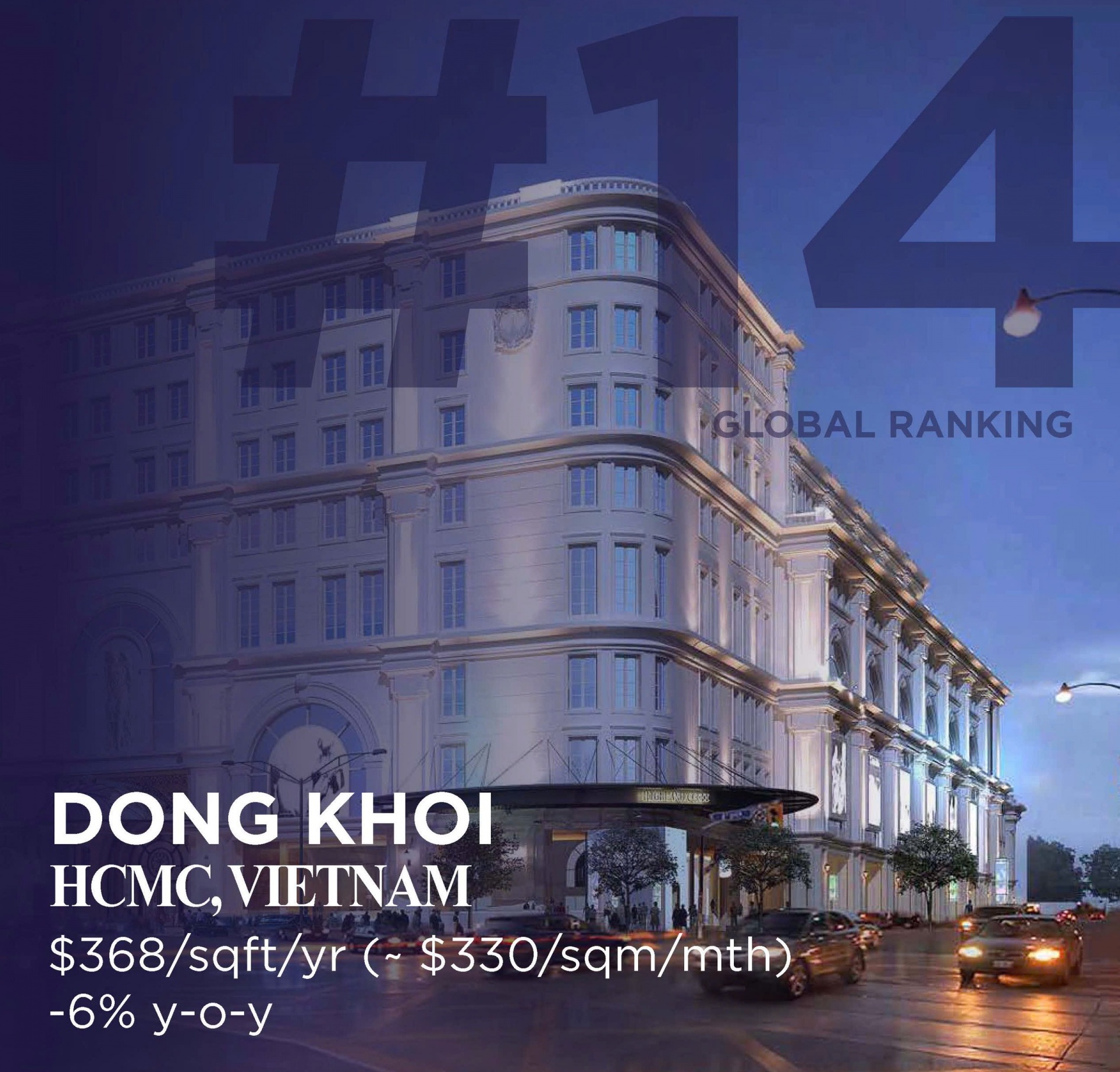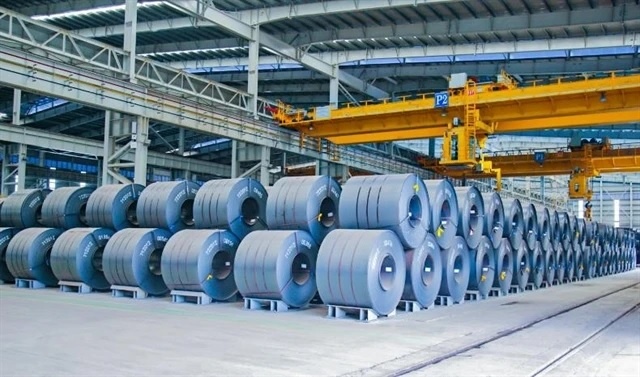MoF addresses recent public tax claims

These contributions, according to the Ministry (MoF)’s executives, can not sensibly be claimed as a state attempt to raise financial resources. In fact, these contributions made by labourers and employers alike are in place to ensure social welfare policies for the labourers themselves.
The MoF, therefore, affirmed in a recent public statement that conjoining all these contributions into one massive block of “tax payment” by businesses was wholly unfounded and inadequate, reported newswire Vietnam Plus.
With respect to tax and fee contributions, MoF leaders confirmed that for comparison countries often use the percentage difference between total receipts from this field over the gross domestic product (GDP).
“According to statistics, the total state (budget) revenue accounted for about 23.3 per cent of the Vietnamese GDP during the 2011-2015 period, of this, tax and fee contributions made up about 20.9 per cent,” the statement said.
The MoF statement also produced similar figures of other countries in the same period, to provide perspective: 23 per cent in Thailand, 16.6 per cent in Indonesia, 23.4 per cent in Laos, 24.5 per cent in Malaysia, and 19.5 per cent in India.
“If crude oil contributions were excluded, tax and fee contributions accounted for about 17.2 per cent of the Vietnamese GDP. If land rent was further excluded, this percentage would drop to about 15.6 per cent,” according to the MoF’s figures.
The MoF also affirmed that “current tax contributions in Vietnam are low and are being downwardly revised.”
Accordingly, the common corporate income tax (CIT) rate was reduced from 25 per cent to 22 per cent from 2014, and then was further dropped to 20 per cent from January 1, 2016, meanwhile the preferential rates are currently set at 10 per cent and 17 per cent.
“Compared to the average 27 per cent in 83 countries, and the fact that some regional countries such as in the Philippines it is 30 per cent, 25 per cent in Thailand and China, the rate in Vietnam is considerably low,” commented the MoF.
In respect to value added tax (VAT), the common VAT rate in Vietnam is 10 per cent (in addition to the 5 per cent rate applicable to many kinds of products and services), while VAT statistics in 112 countries show that the rate ranges from 12 to 25 per cent in 88 countries and stays at 10 per cent in only 24 countries.
According to a recent World Bank Doing Business report, Vietnamese businesses have paid 39.4 per cent of their profits for tax payments and other expenses. The World Bank’s calculations have incorporated CIT, business rates, social and health insurance fees, among others.
Some argue that this rate might surpass businesses’ tolerance, adversely affecting their competitiveness and becoming one of the factors driving a growing number of Vietnamese companies to go bust or halt operations.
What the stars mean:
★ Poor ★ ★ Promising ★★★ Good ★★★★ Very good ★★★★★ Exceptional
Latest News
More News
- Vietnam National Assembly adopts amended Law on Pharmacy (November 22, 2024 | 19:09)
- Rice exports set to break records (November 21, 2024 | 17:53)
- German Quickpack to invest $31.7 million in Long An province (November 20, 2024 | 09:31)
- Reporting still to fully reach global norms (November 18, 2024 | 17:06)
- Trump’s second term impacts sci-tech activities and industry 4.0 technologies (November 18, 2024 | 10:00)
- VLCA 2024 honours corporate governance excellence as listed companies raise the bar (November 18, 2024 | 09:00)
- Trump's trade policies could shape Vietnam's economic outlook: Dragon Capital (November 15, 2024 | 16:56)
- Prioritising corporate governance for Vietnam’s sustainable growth (November 14, 2024 | 16:50)
- Vietnam eyes nuclear revival to bolster energy security (November 14, 2024 | 16:46)
- German businesses explore investments in Dong Nai (November 08, 2024 | 18:02)




















 Mobile Version
Mobile Version